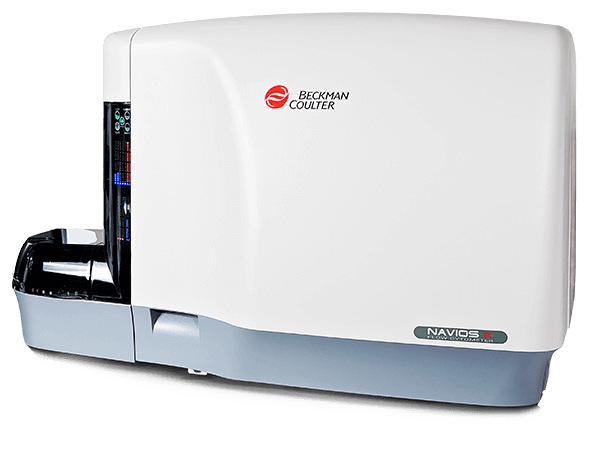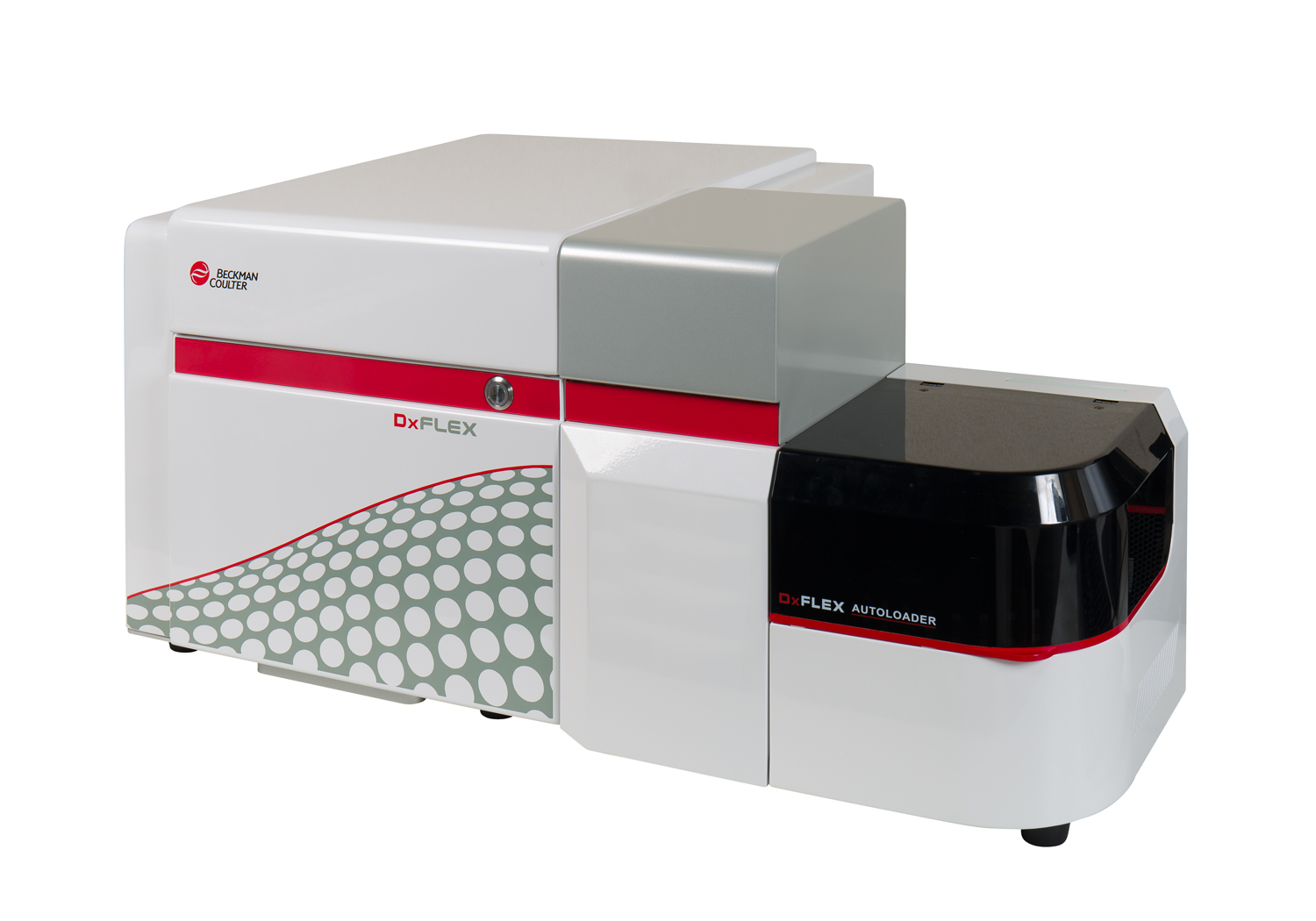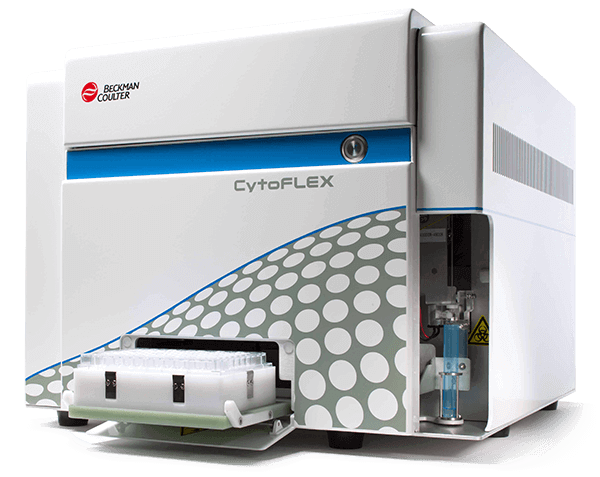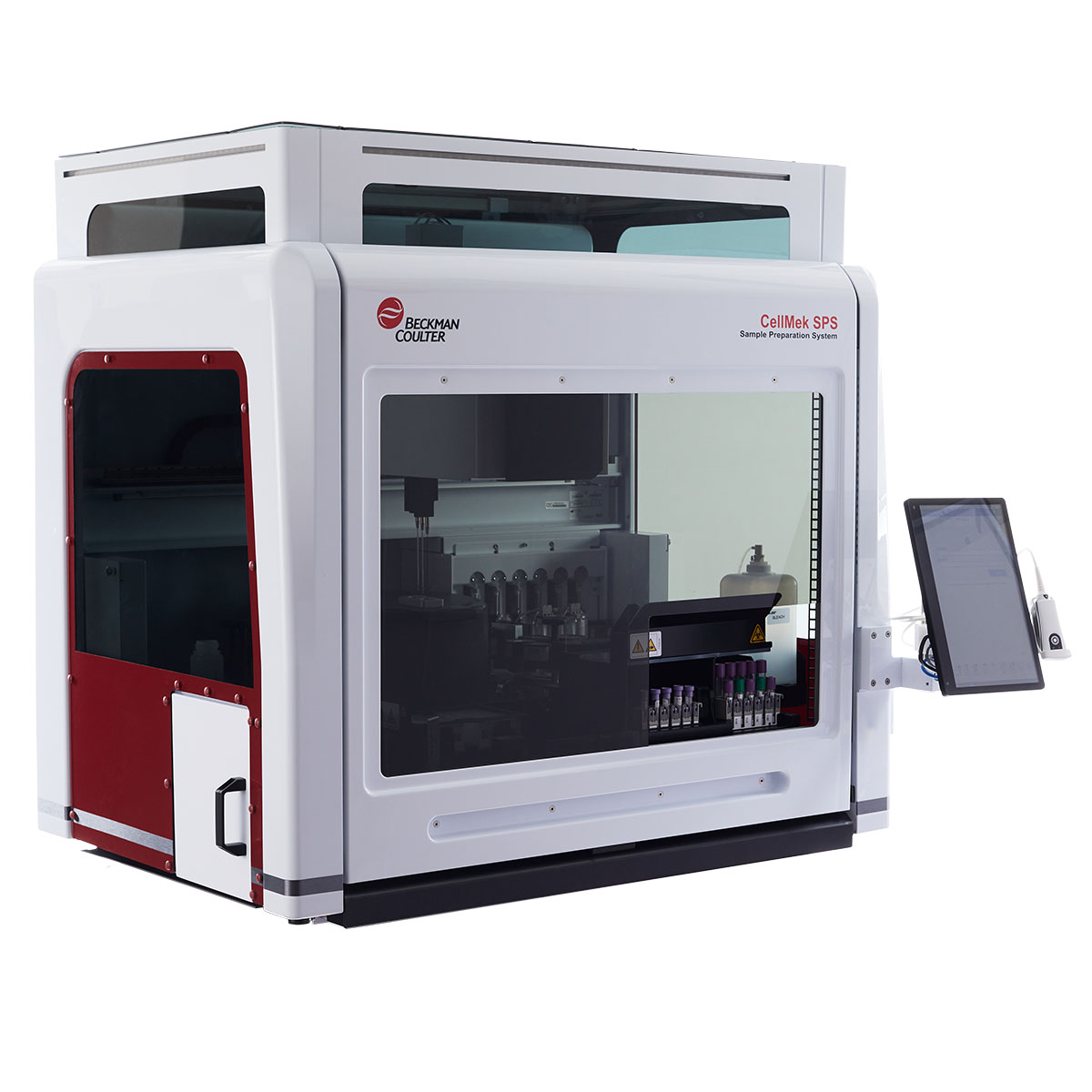HLA-DQ Antibodies
The HLA (Human Leucocyte Antigen) system is the name given to the major histocompatibility complex (MHC) in man. The MHC complex is located on the short arm of the chromosome 6 and encodes three groups of molecules designated MHC class I, class II and class III. Coded by 5 loci (DM, DO, DP, DQ and DR) of the D locus, HLA class II molecules are also called HLA-DM, HLA-DO, HLA-DP, HLA-DQ and HLA-DR antigens. The HLA class II molecules like class I molecules, are composed of non-covalently associated α/β heteterodimers. On HLA class II, both heavy (α) and light (β) chain with a molecular weight of 31-33 kDa and 26-29 kDa respectively span the cell membrane. The two immunoglobulin-like domains proximal to the cell membrane (α2 and β2) support the two polymorphic amino-terminal domains (α1 and β1) distal to the membrane which constitute a part of the "antigen presenting site". HLA class II molecules are involved in the regulation of immune response whose expression is limited to antigen presenting cells, i.e. B lymphocytes, monocytes / macrophages, dendritic and Langerhans cells of the skin.
| Clone: SPVL3 | Isotype: IgG2a Mouse |
| The monoclonal antibody SPVL3 recognizes a monomorphic determinant of human class II HLA-DQ molecules The SPVL3 antibody has been used in studies of inhibition of antigen-specific cytolytic T cell clones. | |






